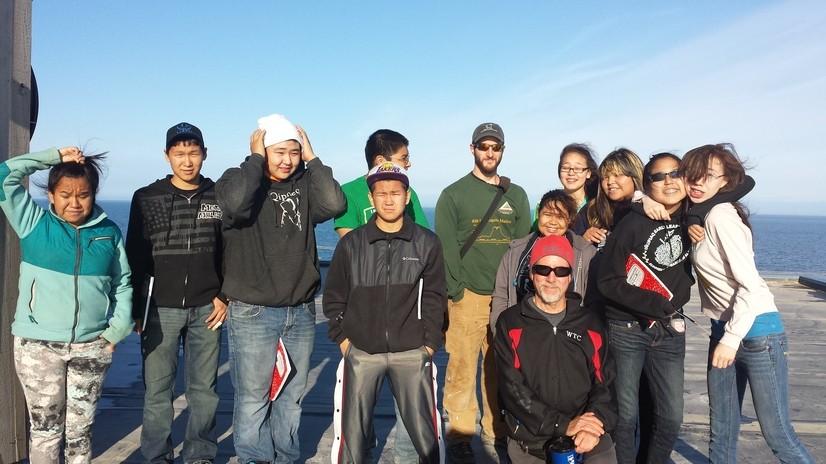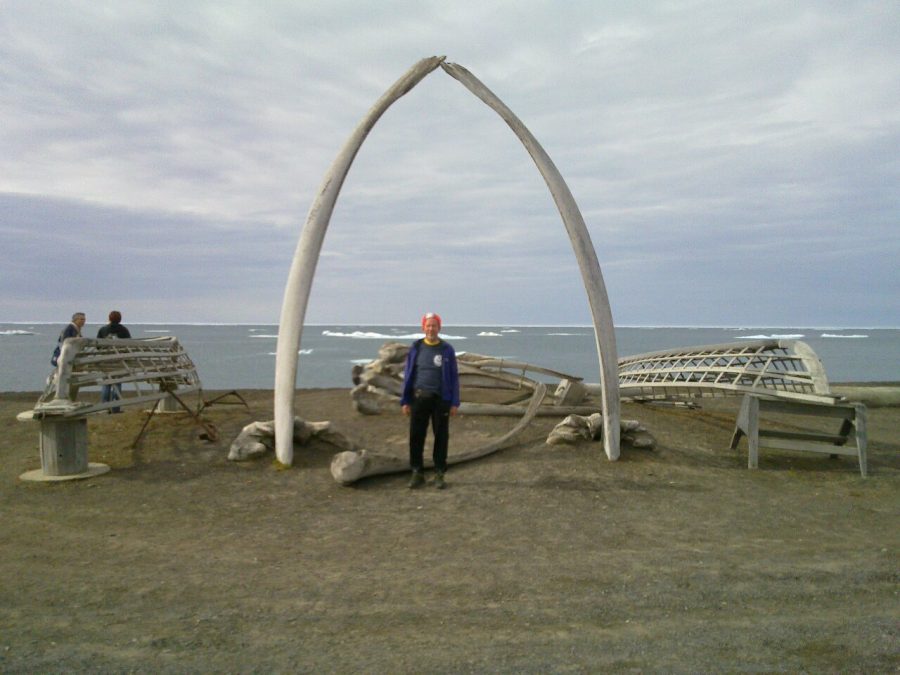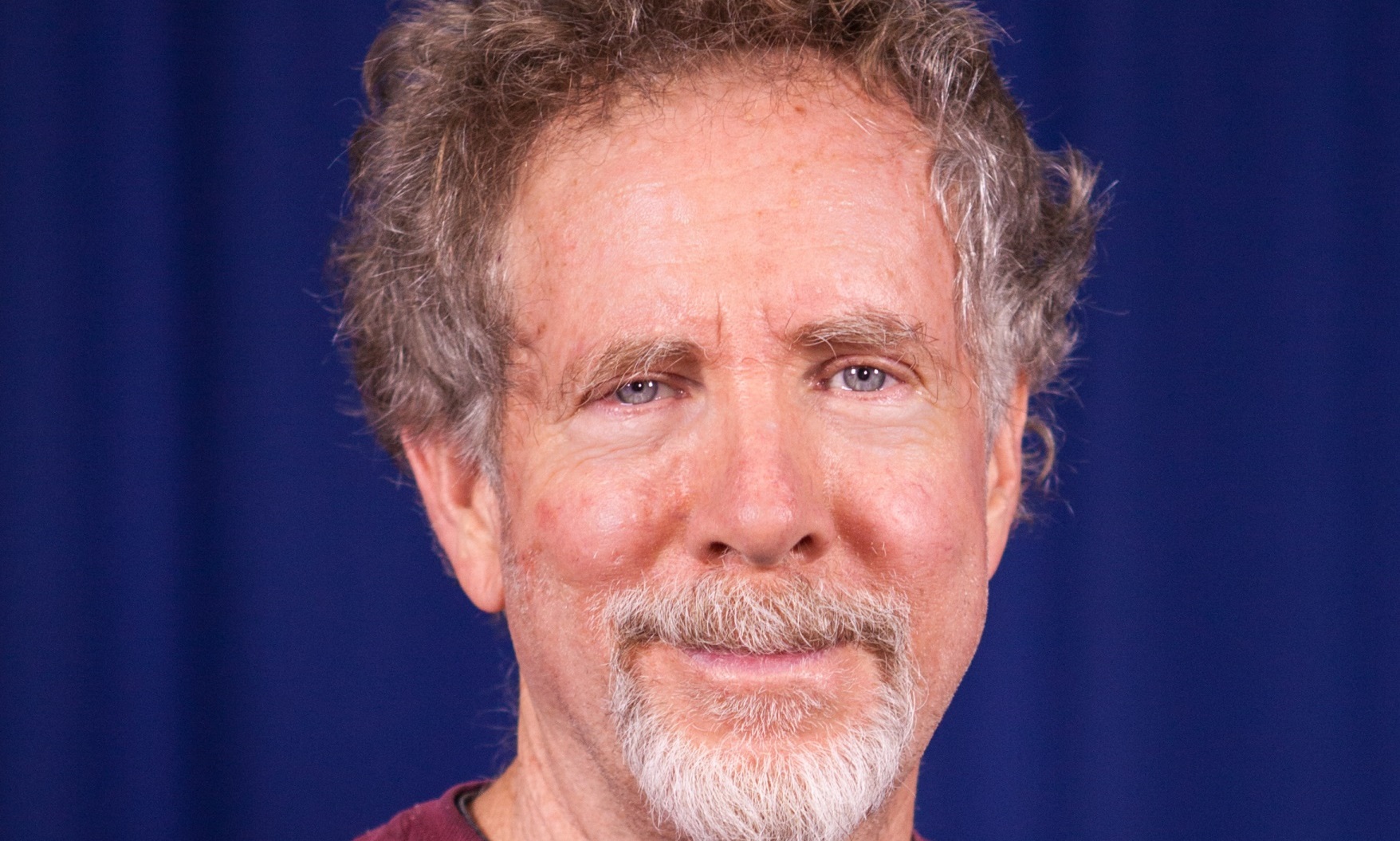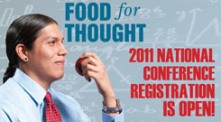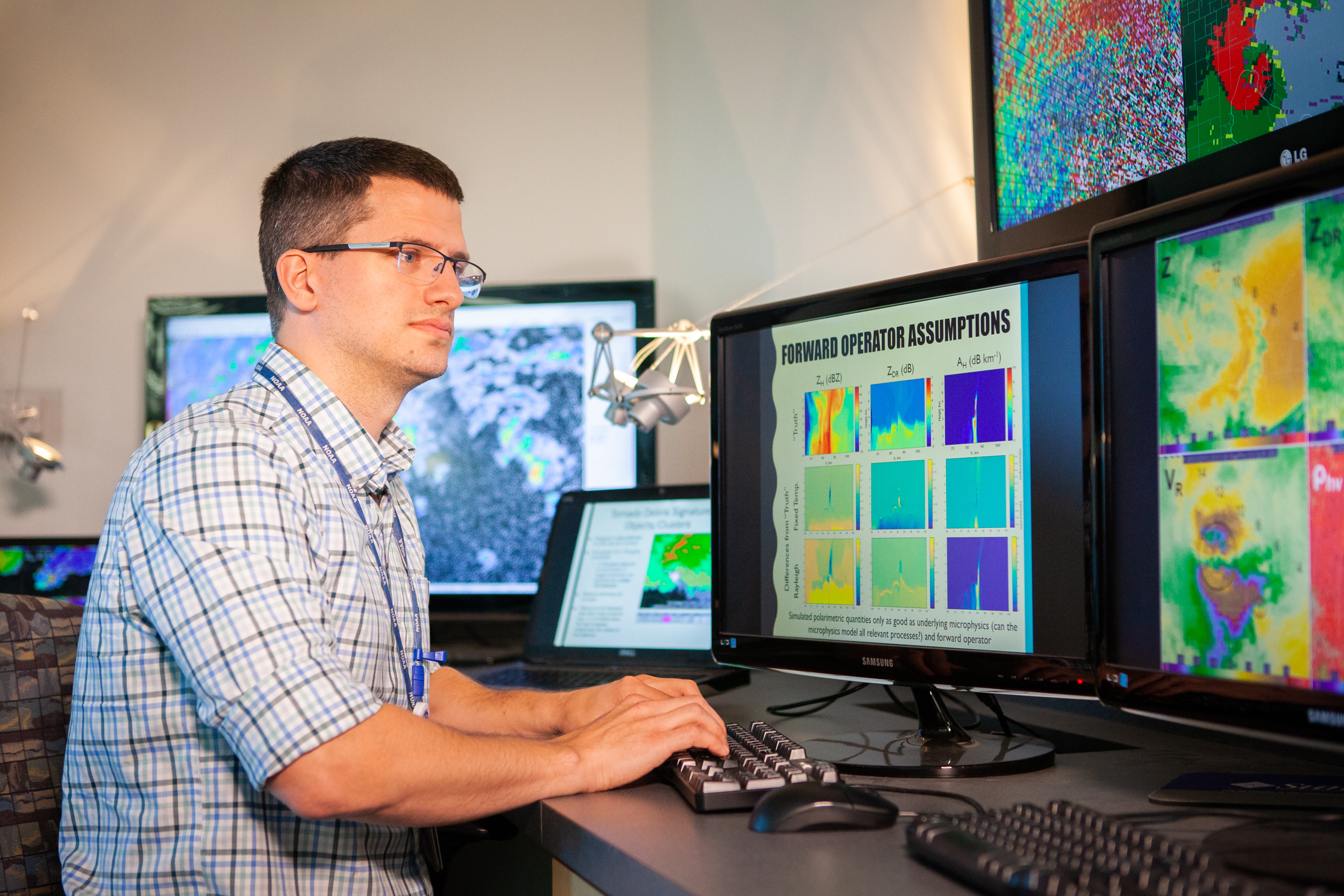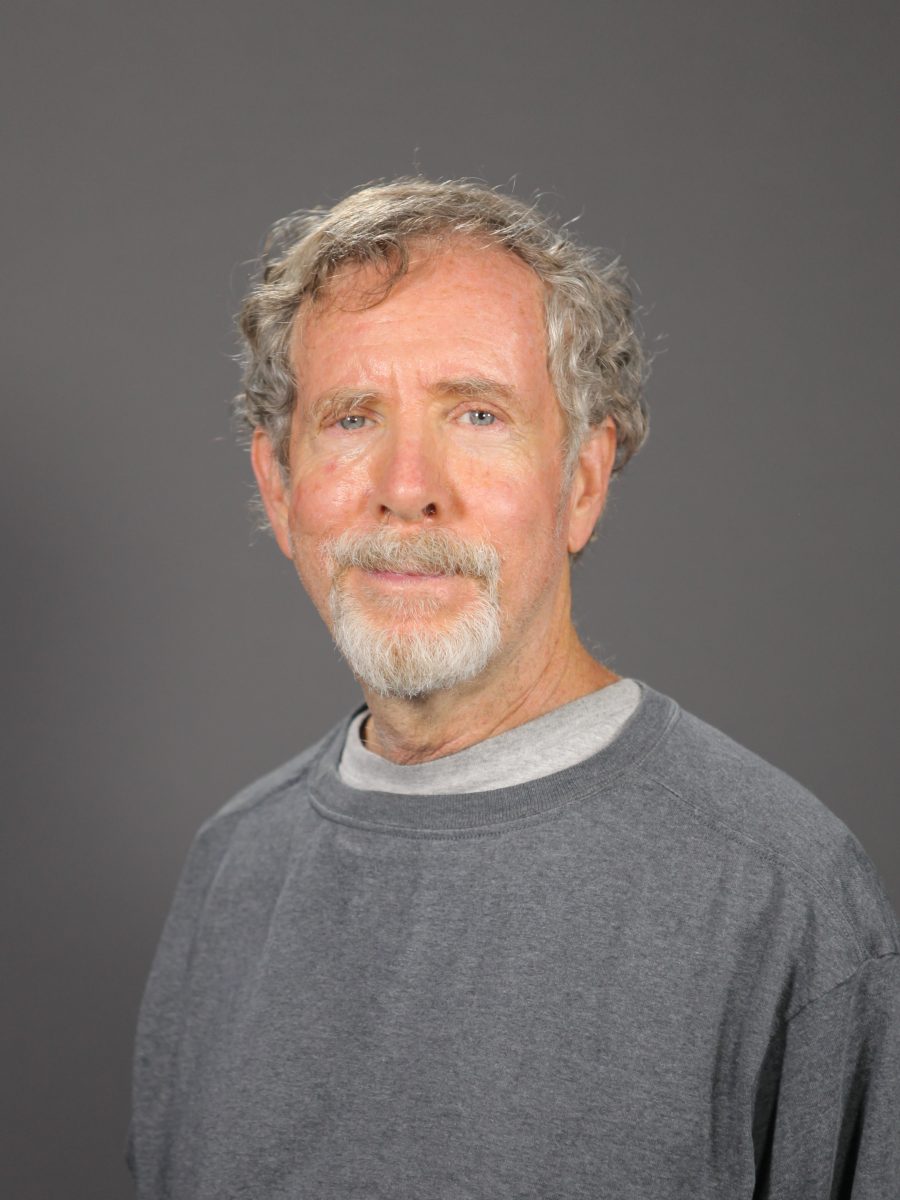
During February, as part of NOAA’s Heritage Week, NSSL will feature some of its longest-serving employees. Those employees will share their favorite experiences from through the years, and highlight some of the most significant changes they have witnessed.
Bob Rabin has been a research scientist at the NOAA National Severe Storms Laboratory for nearly 40 years. Rabin has been a part of several studies, from the Severe Environmental Storm and Mesoscale Experiment in the late 1970s, which sampled Southern Plains storm activity, to working with NOAA and NASA on geo weather satellites. Rabin is also actively involved in the lab’s diversity and inclusion committee and outreach.
Q: How did you get into your field?
A: I have had a natural attraction to observing the weather and watching the sky ever since I was very young, third grade or earlier. I think my field found me, rather than the other way around! One of my grade school teachers commented on my “report card” that I had “my head in the clouds” rather than in class, because I spent so much time gazing out the window!
Q: Describe the path leading up to your current job.
A: My interest in a “weather” career started in grade school. I started writing letters to broadcast stations and to weather bureaus in high school to find out the requirements to work in the field. Jobs were hard to come by. I was fortunate to work at the NOAA National Severe Storms Laboratory for a summer between my undergraduate and graduate studies. I went to school in Canada at McGill University. A year after graduating, I was hired at NSSL as a full time, temporary employee.
Q: What are you most proud of during your time at NSSL or what is the most significant achievement of your career?
A: In the early years, I helped find new uses of Doppler radar wind observations outside of clouds, in clear air. This led to implementation of a technique used for wind profiling, the VAD, which is still used operationally by the NOAA National Weather Service today. In addition, discovering the impact of large-scale agriculture on temperature and cloud patterns. This led to recognition of the “hot box,” an area of elevated temperatures in north central Oklahoma, following the winter wheat harvest in the summertime.
Q: What is it about your job that interests and engages you?
A: New discoveries. Exploring observations from new satellite sensors. Sharing my excitement with young people.
Q: What is the most significant advancement in your field during your time at NOAA?
A: Technological advancements in communication and computing have had a profound effect, as they have on all aspects of life.

Q: Tell us something that might surprise us about you.
A: I rarely used a car to go to school or work. I’ve been able to rely almost totally on public transportation or bike. Riding in snow is a good workout and can be fun if you’re on a bike trail! The coldest temperature I experienced while biking to work in Wisconsin was -27 F!
I am enrolled in the Iñupiaq studies program at IỊisaġvik College in Alaska.
Q: What is your personal philosophy?
A: We should respect ourselves and others. Be grateful for what we have and for the beauty around us.
Q: Where is your favorite place to be?
A: I enjoy being outside in all weather conditions. This is probably why I always ride a bike to work. Also, I love Montreal!
Q: What is the future of your area of research?
A: We don’t know with any certainty. However, I think incorporating the role of aerosols on clouds and precipitation may be significant. Also, improved long-range forecasting — seasonal and longer.
Q: How do you define success?
A: Happiness and satisfaction with life and the world around us.
